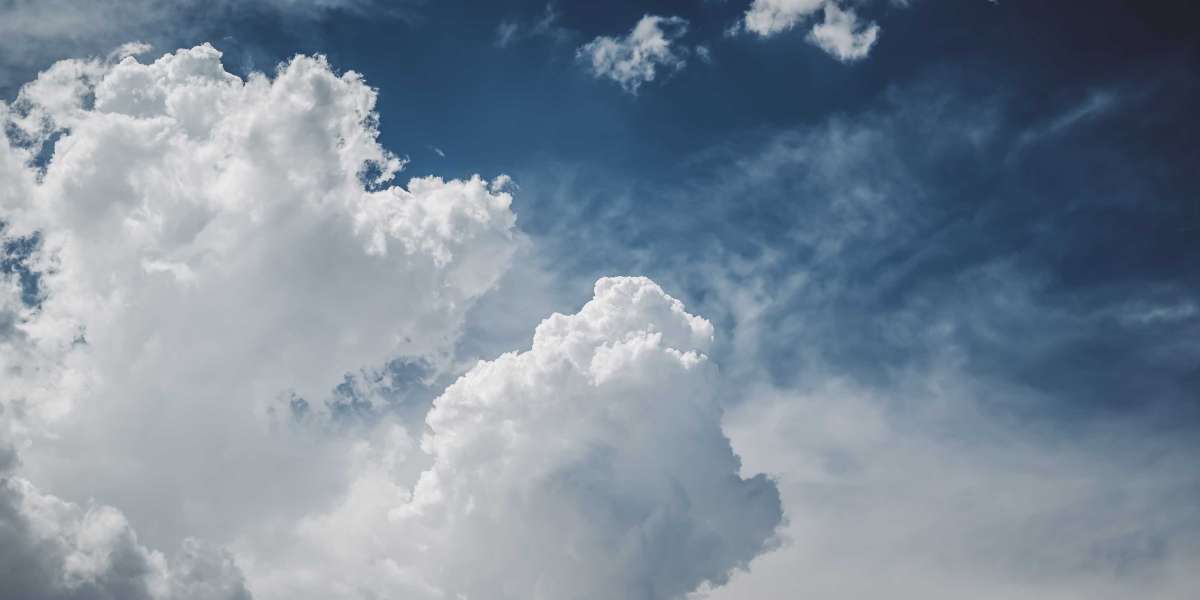3D printing has revolutionized the manufacturing industry, allowing for the creation of complex and intricate designs with ease. However, like any technology, 3D printing is not without its challenges. Understanding how to troubleshoot common issues is essential for ensuring a smooth printing process and high-quality output.
Understanding Common 3D Printing Issues
Before delving into the troubleshooting process, it's crucial to have a comprehensive understanding of the common issues that can arise during 3D printing. These issues can range from poor adhesion and warping to nozzle clogging and layer shifting. Each problem requires a unique approach to resolve, making it essential for professionals to have a solid grasp of troubleshooting techniques.
Calibrating the 3D Printer
One of the fundamental steps in troubleshooting 3D printing issues is ensuring that the printer is properly calibrated. This includes leveling the print bed, adjusting the extruder, and fine-tuning the printing parameters. Failure to calibrate the printer can result in a myriad of issues, such as uneven layers, poor adhesion, and misaligned prints. By mastering the art of calibration, professionals can mitigate many potential problems before they occur.
Optimizing Print Settings
Another crucial aspect of troubleshooting 3D printing issues is optimizing the print settings. This involves adjusting parameters such as layer height, print speed, and temperature to achieve the desired results. For example, if a print is experiencing warping, increasing the bed temperature and using a brim or raft can help improve adhesion and prevent warping. By understanding how each setting impacts the printing process, professionals can effectively troubleshoot and resolve issues as they arise.
Furthermore, mastering the art of troubleshooting 3D printing issues involves staying updated with the latest advancements in printing materials and technologies. For instance, the introduction of advanced filaments such as carbon fiber-infused materials or flexible filaments presents new challenges and opportunities for troubleshooting. Professionals must continuously expand their knowledge and skills to adapt to these changes and effectively resolve issues related to these innovative materials.
Utilizing Advanced Troubleshooting Techniques
While basic troubleshooting techniques can resolve many common 3D printing issues, some problems may require more advanced approaches. For example, diagnosing and fixing issues related to the printer's hardware, such as a malfunctioning extruder or a misaligned axis, demands a deeper understanding of the printer's mechanics. By mastering advanced troubleshooting techniques, professionals can tackle complex issues and ensure the seamless operation of their 3D printers.
In conclusion, mastering the art of troubleshooting 3D printing issues is essential for professionals in any industry utilizing this technology. By understanding common issues, calibrating the printer, optimizing print settings, and utilizing advanced troubleshooting techniques, professionals can ensure high-quality prints and a smooth printing process. Continuously honing these skills and staying updated with the latest advancements will empower professionals to overcome any challenges they encounter in the dynamic world of 3D printing.



